From Indo-European to Latin. The evolution of a morphosyntactic type.
This study aims to describe the typological characteristics of the original Indo-European structure, called the derivative-flectional stage (or (sub)type), and to trace its developments to the paradigmatically organized structure of the individual Indo-European languages, called the paradigmatic-flectional stage (or (sub)type). This development is demonstrated in Latin, a language characterized by highy developed inflection, which attests, especially by its verbal system, an alternative way of paradigmatizing the original structure, differing from Old Indian and Greek on which traditional reconstruction was based.The notion of derivative-flectional type is used to try to penetrate to the original form and historical sources of the IE flectional type without presupposing radical typological change between Proto-IE and IE. The author's view differs from the traditional theory of prehistoric change in IE structure (from isolation to flection via agglutination) in that she assumes the origins of flection lie in lexico-derivative categorization.The book is divided into three parts: 1. The Origins and Evolution of the Indo-European Flectional Type 2. The Basic Principles and Origins of the Nominal System and Inflections 3. The Indo-European Origins of the Latin Verbal System.
{{comment.content}}
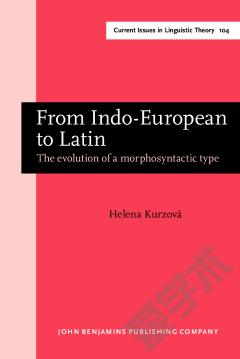

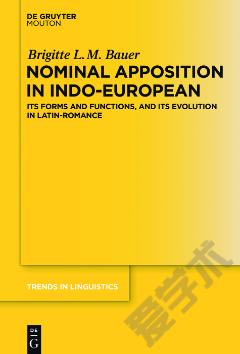
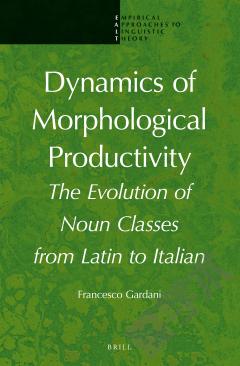
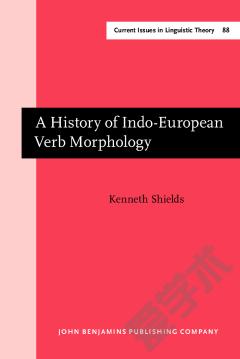
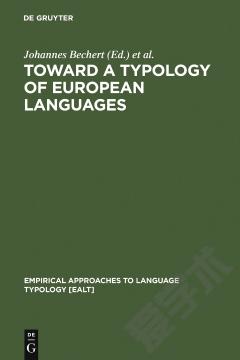


 京公网安备 11010802027623号
京公网安备 11010802027623号